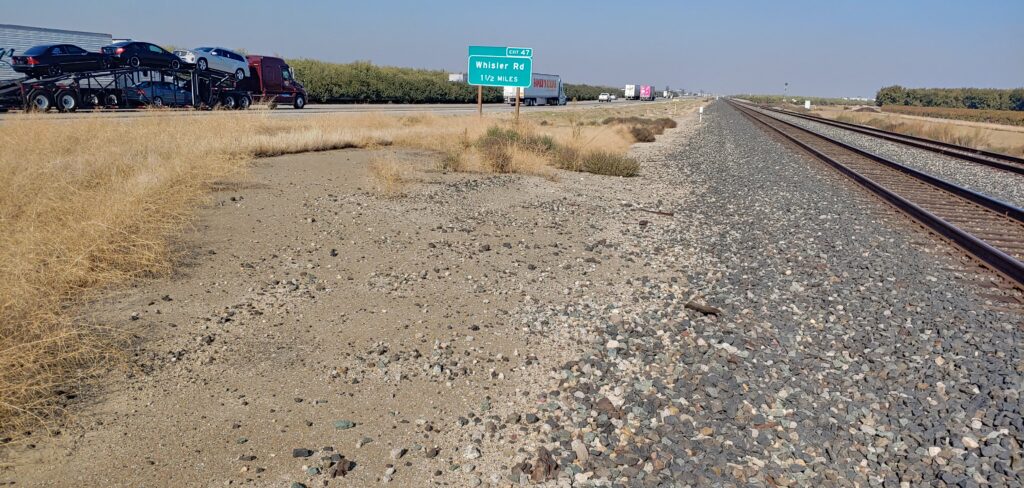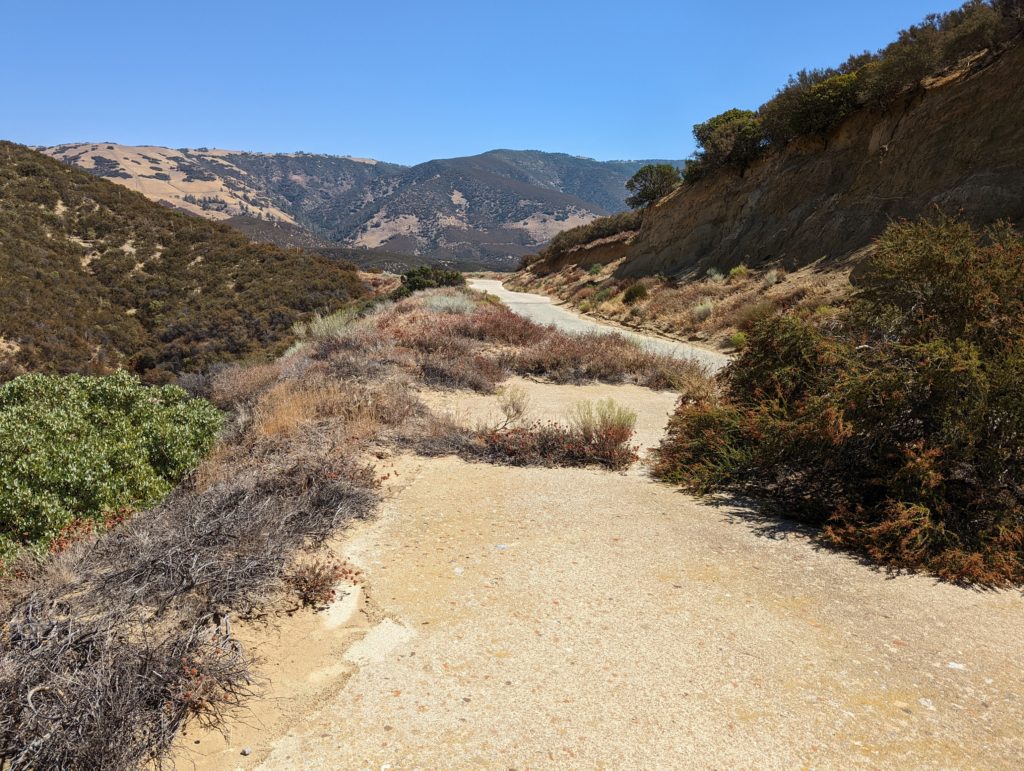What is the Historic Highway 99 Association of California?
We started this Association in November 2020 to give Historic US Highway 99 in California a greater voice. So much has been lost over the years and we wanted to help preserve what we could. We have goals to get the roadway marked with Historic Route signs where possible, save sections of original paving, help revitalize businesses and towns along the route, and work to promote the highway however we can.
Those goals won’t be achieved overnight. They will take time and effort. Getting funding and permission to post signage takes a while. Each agency has different rules and methods. Funding comes from many sources, most of which is through donations and the generosity of the cities along the way. To date, we have had success with two cities, Madera and Calexico, with others on the way. Both cities have been very helpful, and we look forward to our continued success with other cities. If you’d like to help with signage in your city, let us know!
Saving sections of the original paving is another goal that isn’t easy but one that can be done. One of our recent projects has been to save a section of Roberts Road in the Calimesa area (HH99AC Region 4) which will be demolished in the near future. Thanks to the efforts of the City of Calimesa, letters from the Redlands Conservancy, and donations received by the Association, we will be able to save at least one of the remaining date stamps from the 1925 concrete. We have been in contact with the developers that own the land as well as the City of Calimesa to ensure this piece of history is preserved. The concrete isn’t particularly historically significant, but it is the last of its kind in the area. Saving it helps keep a bit of history alive.
Helping businesses and towns along the route is something that is more of a group effort. To help assist in achieving this goal, we started our “Highway 99 Adventures” pages where we highlight things to see along the route. Locations listed on the pages range from historic restaurants like the 134-year-old Saugus Cafe in Santa Clarita (HH99AC Region 4), lava tubes near Mt Shasta (HH99AC Region 1), underground gardens in Fresno (HH99AC Region 3), and even the State Capitol Building in Sacramento (HH99AC Region 2). We encourage all that use those pages to let people know where you found them. We also are looking for help with those pages in regard to locations, descriptions, and other content.
Our organization is small but growing. We can’t achieve our goals of preserving and promoting Historic US Highway 99 without your help. That help can come in many forms, such as donations or active involvement in our efforts. We have done a lot more than I had expected so far and there is much more that will happen. We are also looking for ideas of projects, fund raising efforts, website and newsletter content, and presentation ideas. Join our cause and help us grow further! Contact us for more information.
Membership and Donations
As we slowly ramp up our efforts to get Historic Route signage placed in various cities and historic locations such as the Pine and Palm, we need your support. You can do this by becoming a member, donating money, or by volunteering with our Association. We are a 501(c)3 non-profit corporation and your donations may be tax deductible. Why not help reduce your tax burden for 2023 by donating prior? We can also use your help with some of our projects, website, and our newsletter. Having someone local to act as our ambassador or liaison would be of great help. Join now or renew and help us grow!
Photo Request
We are working on an article about the town arches along Highway 99 and we need your help. We are seeking photos of the following arches:
- Modesto
- Lodi
- Orland
The photos should show preferably the entire arch. If there is a dedication plaque nearby, we could use help with that as well.
December 2022 Presentation
We are still working on our final 2022 presentation. Instead of November, it will be held in early December. An announcement will be made soon with sign up information. It will also be a good time to discuss the future of the 99 Association and what you’d like to see get done. We look forward to seeing you, online, in December!
Featured Photo
In 1935, the California Division of Highways was in the middle of a large campaign to eliminate grade crossings along major routes. US 99 had quite a few in the Central Valley, mostly owing to its path following the Southern Pacific Railroad from Bakersfield to Stockton. One of these underpasses, at Famoso, necessitated the abandonment of a fairly long section of roadway. The underpass, completed in 1936, was itself was replaced with an overpass in 1970. Today, only traces remain of the original route. One surprising discovery was concrete paving still intact at the site of the old grade crossing just north of Famoso. It isn’t easy to access and, as it is along an active freeway, we do not recommend stopping.




